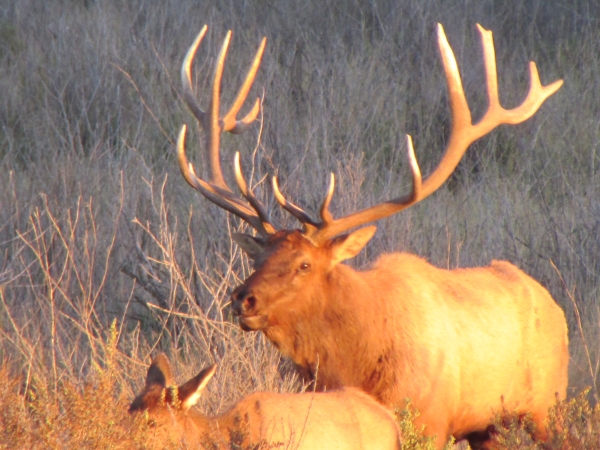
UL Bend National Wildlife Refuge lies within the boundaries of Charles M. Russell National Wildlife Refuge (CMR) and they are managed as one refuge. Please see the CMR Hunting page for detailed information on hunting regulations for both Refuges.
Laws, rules, and regulations